Estonians aren’t the most religious people, so it’s no wonder that there are many different names for Easter in Estonian: Lihavõtted (meat-taking holiday, marking the end of Lent), Munadepüha (egg holiday), Kiigepühad (swing holiday, referring to the tradition of swinging on the large wooden village swing), and Ületõusmispüha (Resurrection).
A Celebration of Spring
In the Estonian Folk Calendar, Spring Holiday is the week leading up to Easter and can fall anywhere between 16th March and 20th April. This was the time for spring cleaning and predicting upcoming summer weather. If it rained during this week, then the summer would also be wet, but if there was fog, then you could look forward to a hot summer.
Good Friday & Easter Sunday
Good Friday was, and still is a day of rest. It was so important to not do anything that it was common not to leave your house at all. Easter Sunday, on the other hand was a day of celebration. Girls and boys would meet in the village and coloured eggs were given as gifts. Typical foods on the table were veal, pork, and fish. Eggs were served mixed with butter and used as a spread. And for dessert, no Easter meal is complete without pasha, made from fresh cheese curd and flavoured with citrus peel and dried fruit and nuts.
How to Celebrate
Easter is usually celebrated on Easter Sunday with a big meal, egg painting, and of course an Easter egg hunt. Eggs are painted with natural dyes like onion skins or beetroot juice. It’s said that egg colours have meaning too: pink- gentle, green- hope, blue- fidelity, yellow- falsehood, and grey- balance. Either way, no Easter table is complete, without a basket of eggs necessary for the egg-knocking competition. After the meal, you tap the end of the egg against your partner’s, trying to crack their shell. If your’s doesn’t crack, you win! In fact, there are other similar competitions, like egg rolling, where an egg is rolled down some kind of ramp in an attempt to hit the other eggs.
Easter customs vary throughout different regions of Estonia. Every year, the Estonian Open Air Museum celebrates some of these Easter customs.


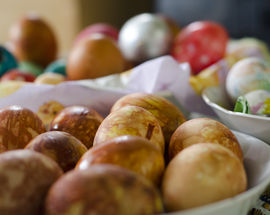
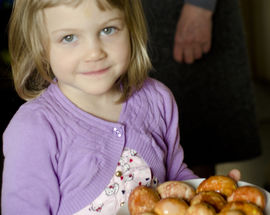

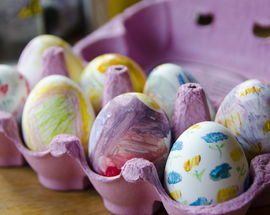
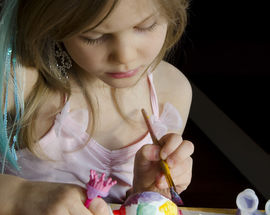

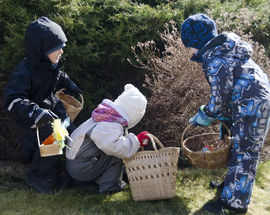
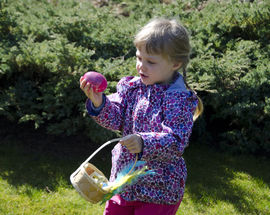


Comments